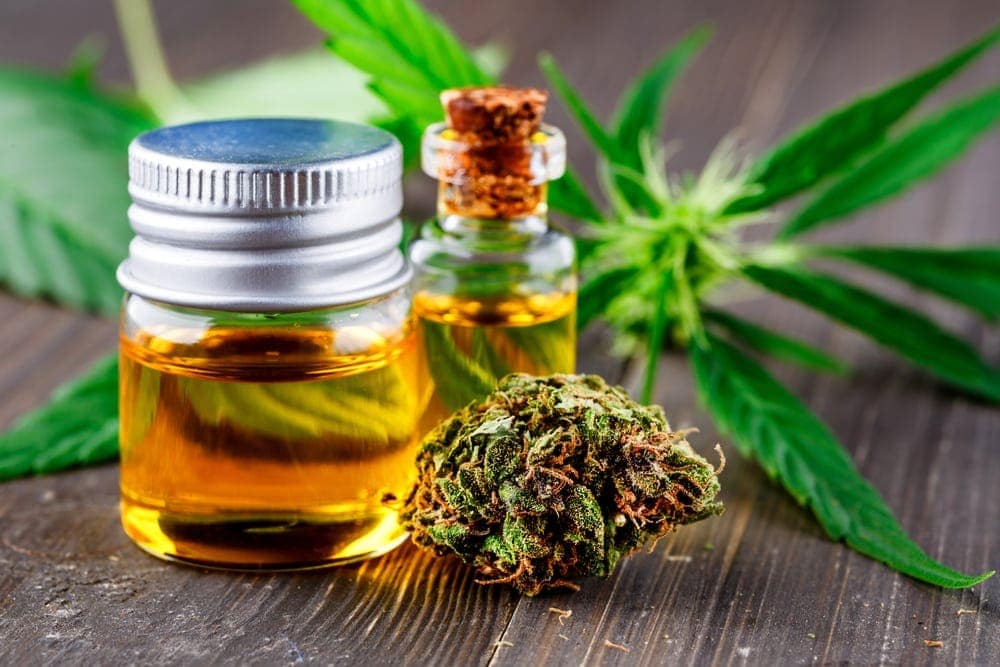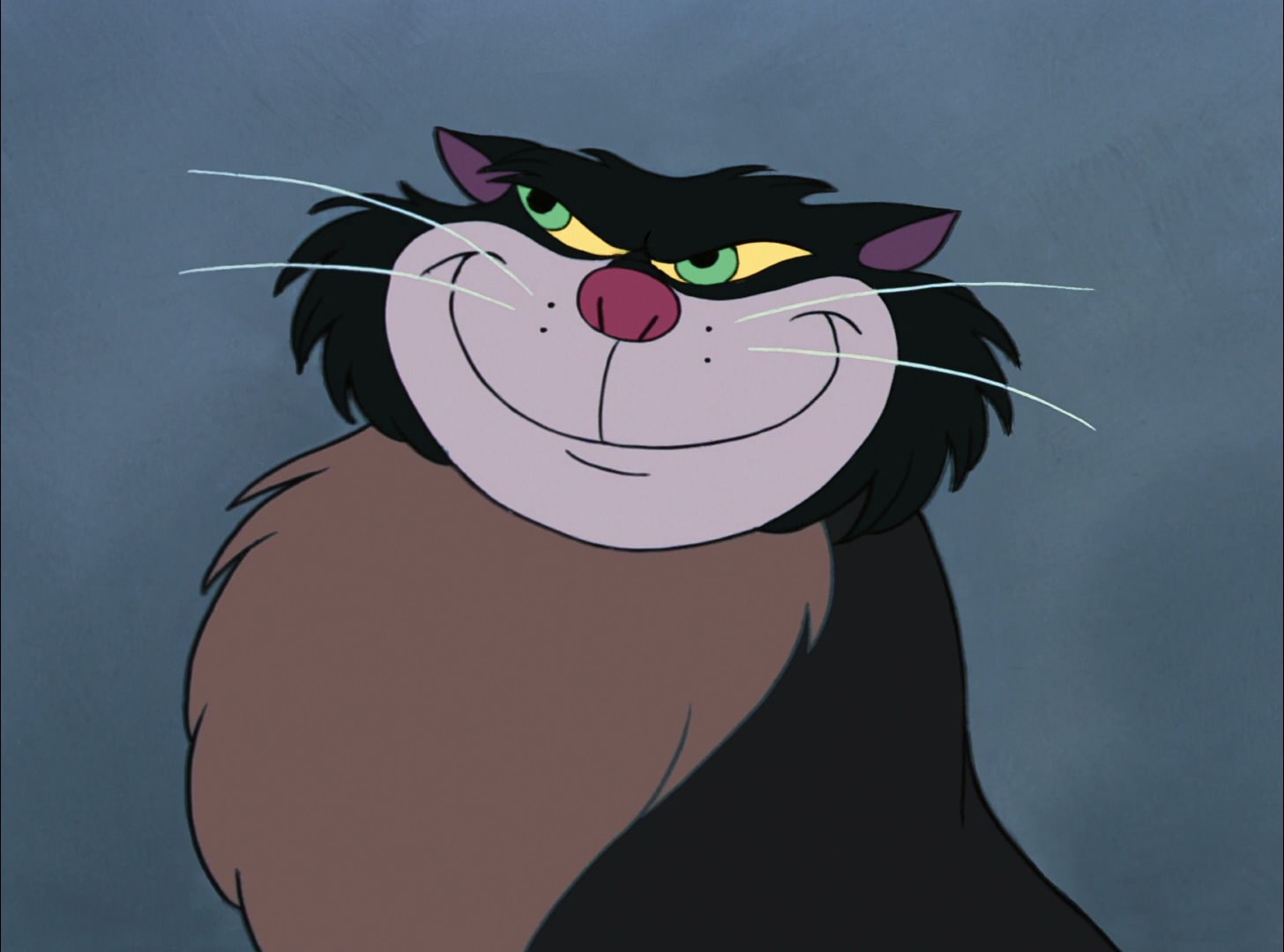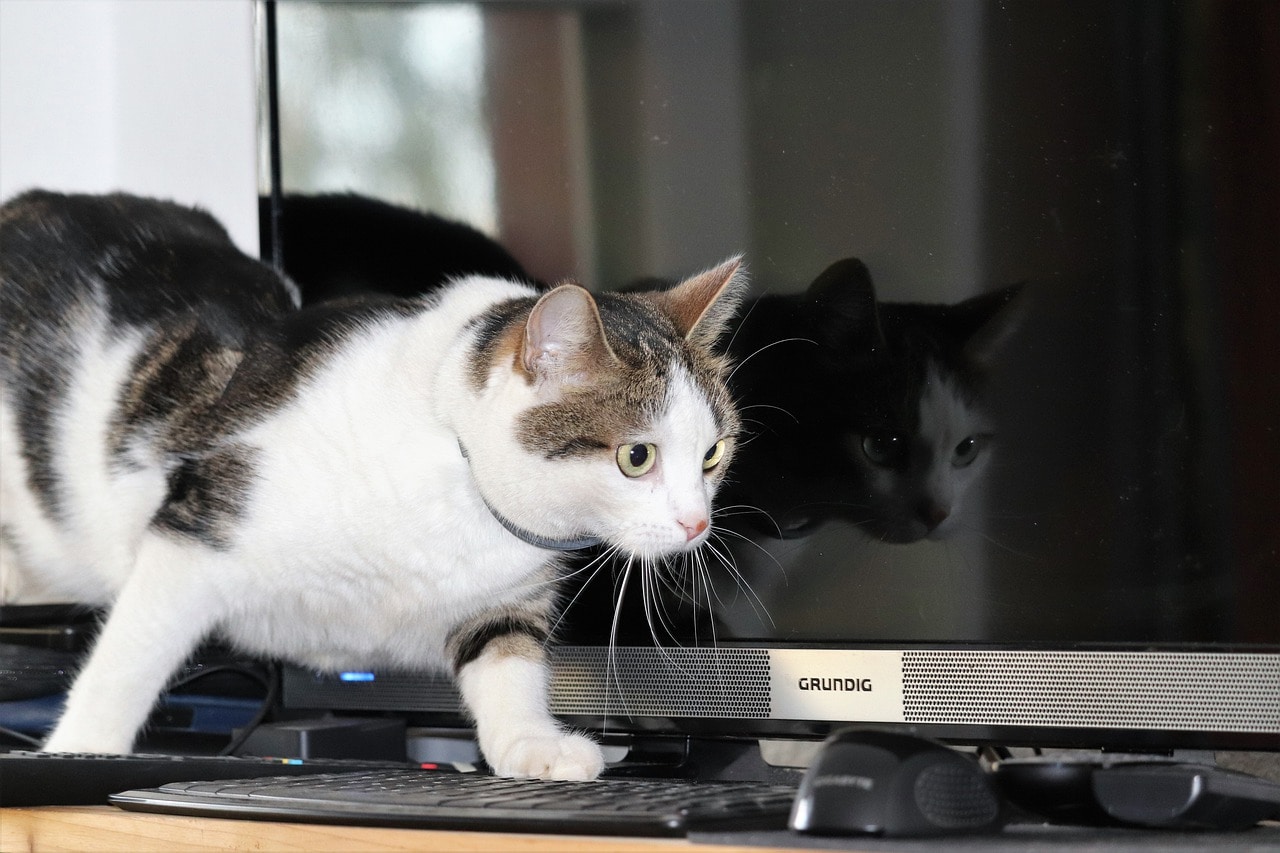5 Homemade Hyperthyroid Cat Food Recipes (Vet Approved)
Updated on
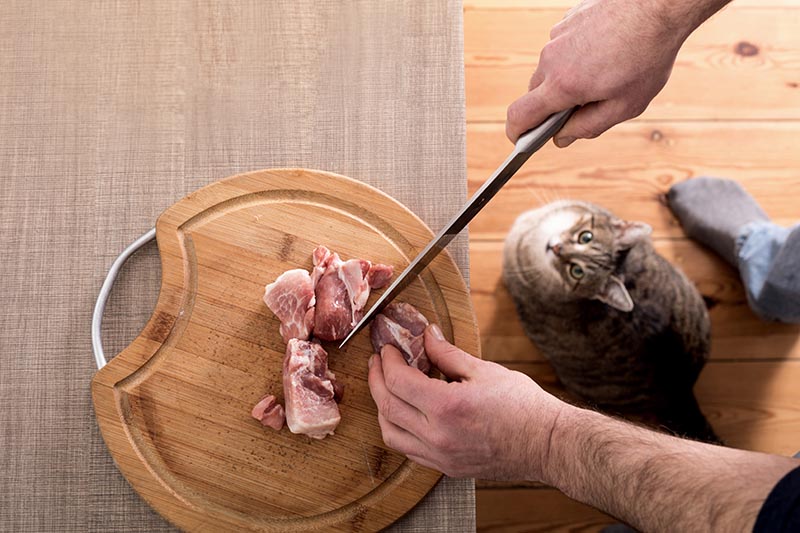
Click to Skip Ahead
In some cases, cats diagnosed with hyperthyroidism can live longer, happier lives with the dietary management of their disease. One of the treatment options for hyperthyroidism in cats is dietary management with a low-iodine diet which in turn helps to lower their overall thyroid hormone levels. Whether you choose a commercially made prescription diet or a homemade diet, always consult with your veterinarian to ensure that your cat’s nutritional and clinical needs are being met. This is especially important because it is not uncommon that cats with hypothyroidism also suffer from kidney issues. In those cases, the diet will require a controlled level of proteins that vary depending on the stage of the kidney disease.
Likewise, if a cat with hyperthyroidism is also receiving medical treatment or has undergone surgery or radiation therapy to treat the condition, the levels of iodine in the diet will need to be adjusted.
Dietary management of hypothyroidism requires iodine levels to be limited to no more than 0.32 parts per million to adequately reduce the levels of thyroid hormones. But some hyperthyroid cats that are being treated with methimazole or have undergone radioactive iodine therapy or thyroidectomy can greatly benefit from high-protein and high-energy diets.
Your veterinarian is the best person to help you figure out the best diet for your hyperthyroid cat.
Ingredients for Homemade Hyperthyroid Cat Food
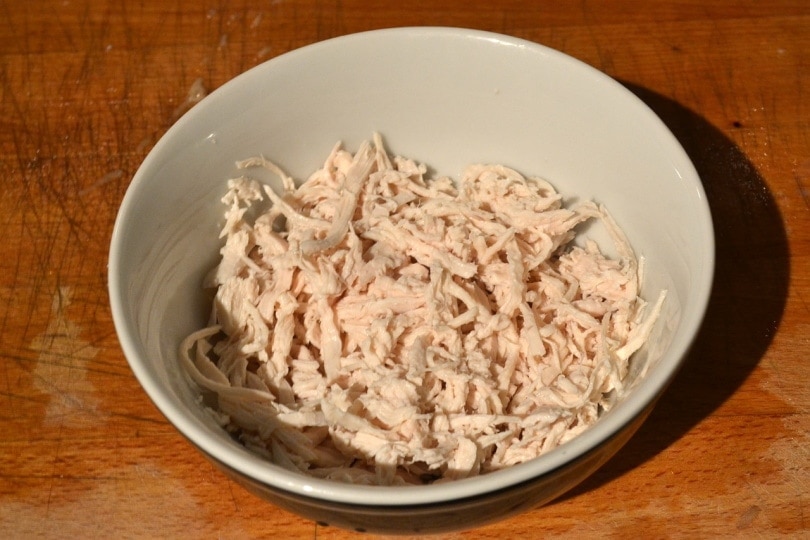
The best homemade hyperthyroid cat food for cats without kidney issues will contain little-to-no-fruits, vegetables, or grains. Cats are obligate carnivores, so they require meat to sustain themselves. They can also be fed meat by-products, like organ meats or entrails, that aren’t particularly appetizing to people.
A cat with hyperthyroidism and kidney issues will require less protein, which is usually achieved by adding some grains to the diet.
Things to avoid:
- Foods containing soy
- Canned foods with BPA
- Fish
- Plastic food or water bowls (use glass, ceramic, or metal instead)
- Storing food in plastic containers
- Egg yolks
- Dairy
- Seaweed
- Iodized salt
- Carrageenan
- Agar-agar
Low-iodine foods:
- Beef
- Veal
- Lamb
- Pork
- Fresh chicken
- Turkey
Essential Components
If you’ve decided to make homemade cat food, certain components are essential for maintaining your cat’s overall health and well-being. These include:
- Protein
- Amino acids like arginine and taurine
- Fatty acids
- Vitamins
- Minerals
- Water
While cats can eat carbohydrates like corn and rice, they aren’t necessary. The only cats that benefit are those who need a bland diet for a few days, such as cats recovering from diarrhea, or in a long-term situation, cats that need to reduce the amount of protein in their diet such as in the case of cats with kidney disease.
Our 5 Homemade Hyperthyroid Cat Food Recipes
Note: These recipes have been approved by a veterinarian because they include only cat-friendly ingredients that are low in iodine content. These recipes are not meant to be fed as a staple diet. Depending on the exact cause of your cat’s hyperthyroidism, dietary management might not be a treatment option. Moreover, some cats suffering from hyperthyroidism might also suffer from concomitant kidney disease, which is important to consider when choosing the best diet. Since hyperthyroid cats have different needs, we urge you to please consult your veterinarian to help you decide on the best diet for your particular cat.
Chicken Food
1. Grain-Free Chicken Cat Food

Grain-Free Chicken Cat Food
Ingredients
- 1 large chicken with giblets
- 8000 mg salmon oil (8 caps)
- 500-750 mg B-50 Complex vitamin (1 capsule-1 1/2 capsule)
- 400 UI vitamin E d-alphaTocopherol
- ½ stick unsalted butter melted
- 3000 mg taurine amino acid
- 1 1/3 cup water
Instructions
- Remove and discard half of the chicken skin. Remove the neck, wings, and spine as well. Grind the remainder of the chicken, using only the thighs, legs, breast, and giblets. You will need a grinder or potent blender to avoid small bone fragments in the food.
- Mix the salmon oil, vitamin E capsules, and the remaining ingredients in a small bowl.
- Stir the vitamin mixture into the ground chicken mixture.
- Scoop the raw food into ice cube trays, and place them in the freezer.
- Once frozen, remove the raw cubes from the trays, and store them in a freezer-safe container.
- To serve, thaw the food cubes in the refrigerator overnight before serving.
Cooked Food
2. Grain-Free Meatloaf
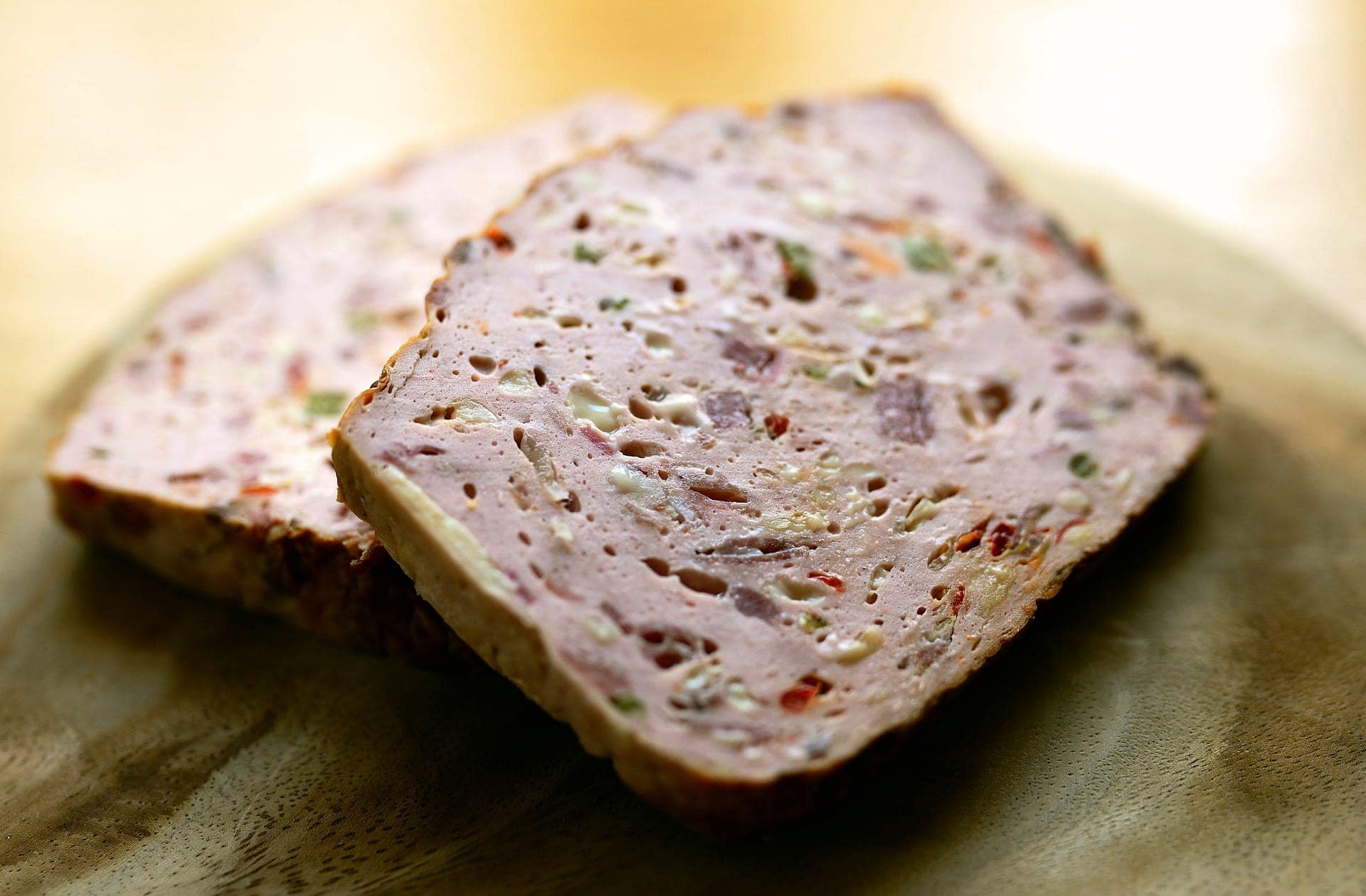
- 1 kg ground beef, 90% lean
- 1 kg ground turkey thighs, skinless and boneless
- 115 g squash meat
- 1 kg mixed chicken organs (no necks) ground
- 2000 mg taurine
- 133 mg Vitamin E as d-alpha tocopherol (200 UI)
- 3500 mg salmon oil
- 2 tsp eggshell powder
- 1/2 tab vitamin B complex
- Preheat oven to 180 degrees Celsius.
- Shred and puree the squash using a food processor.
- Place the ground meat into a large mixing bowl and add the pureed squash.
- Add the supplements, eggshell powder, and salmon oil. Mix everything.
- Pour the food mixture into a baking dish and bake for 60 minutes.
- Cool fully before dividing into 17 equal portions.
Broths and Meal Enhancers
The following are not intended to be a complete diet for your cat, but they are a great way to add some protein and minerals into your cat’s diet while adding to its daily hydration intake.
3. Chicken Feet Broth
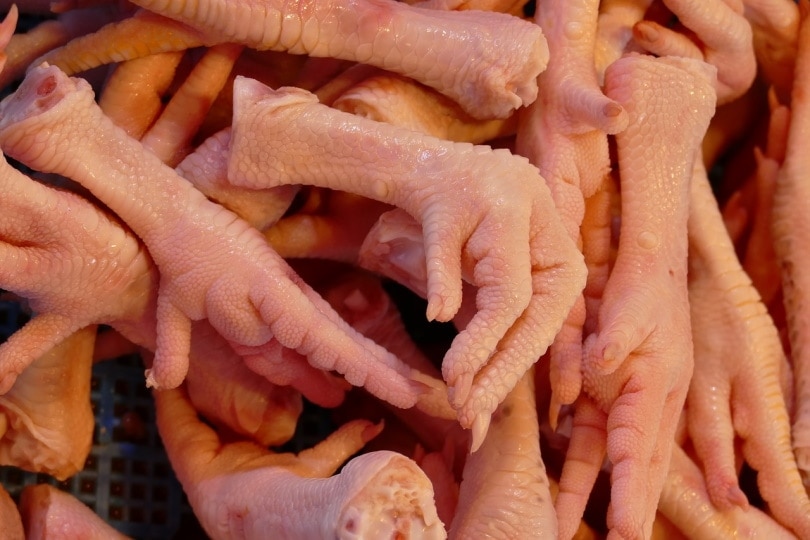
- 8 kg chicken feet
- 3 L water
- Place the chicken feet and pour the water into a pressure cooker.
- Cook on high pressure for 45 minutes.
- Allow the heat to release naturally.
- Pour only the broth into a container, and serve as needed.
- This broth can be added to your cat’s regular food for a nutritional boost.
- Any remaining soup can be frozen.
4. Homemade Chicken Soup for Cats
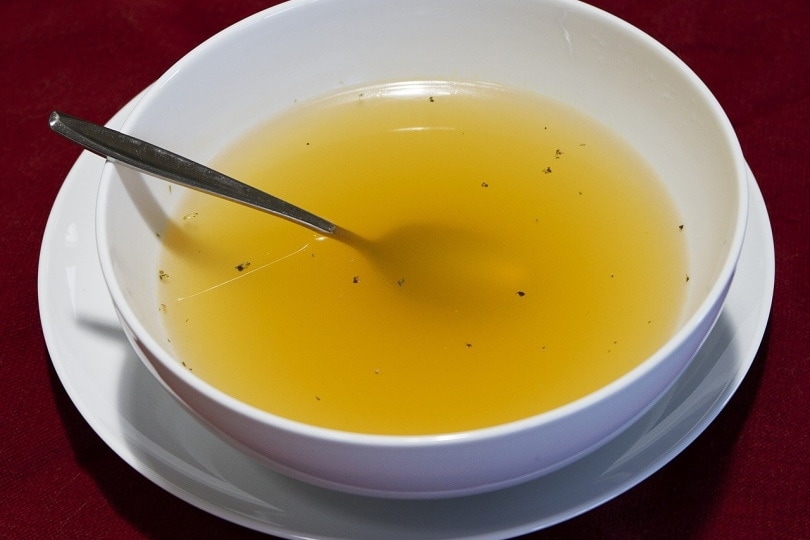
- 800 ml water
- 2 chicken legs with skin and bone
- 1 carrot
- 1 stalk of celery
- Finely chop the carrot and celery.
- Fill a pot with water and add vegetables, followed by the chicken legs.
- Bring the pot to a boil and let it simmer for 90 minutes.
- Pack the soup into separate containers or freeze it in ice cube trays. This soup lasts for 7 days in the fridge and up to 6 months in the freezer.
- Before serving, heat the soup to approximately 35 degrees Celsius to make it more appetizing for your cat.
5. Homemade Beef and Vegetable Broth for Cats

- 800 ml water
- Beef bones
- 4 tsp. apple cider vinegar
- Finely chopped carrot
- Finely chopped green peas
- Fill a pot with water and place the beef bones in it.
- Add apple cider vinegar.
- Stir in the vegetables.
- Simmer on low heat until all the residue has fallen off the bones.
- Scoop out the meat and vegetables.
- Allow beef bones to simmer for 20 hours.
- Skim off the fat and discard the bones. Let broth cool before freezing or serving.
Preparing homemade cat food can be a great way to ensure your cat receives the nutrition they need to thrive, and serving it in the right dish is also an important aspect of nurturing their health. Our Hepper NomNom Cat Bowl was designed with feline well-being in mind, featuring shallow, wide, whisker-friendly dishes and slight elevation, promoting great posture and eating habits. Best of all, this bowl is dishwasher safe, meaning the all-important clean-up after each meal is simple.
Conclusion
Dietary management is a very important part of the treatment of hyperthyroid cats. Salt and sodium are restricted and many cats see significant changes with dietary management alone. However, every case is different, and regular blood samples need to be done to monitor the cat’s thyroid hormones. Make sure to consult with your veterinarian before making any changes to your cat’s food. Most hyperthyroid cat foods are designed to maintain your cat’s overall health, keep a healthy weight, and reverse imbalances in their body.
Your vet can advise you regarding any treatments, medications, supplements, or any other dietary changes that are further needed to regulate your cat’s condition. If you don’t have time to cook for your cat, you can try a high-quality fresh cat food brand.
If you're looking for a balanced, highly nutritious cat food made with human-grade ingredients, take a closer look at Smalls. You can even save 40% on this premium cat food by entering code HEPPER24 at checkout!
Related Reads:
- How to Make an Easy Homemade Detangler Spray for Cats (With Instructions)
- 2 Comprehensive Homemade Cat Food Recipes (Vet Approved)
Featured Image Credit By: WiP Studio, Shutterstock





